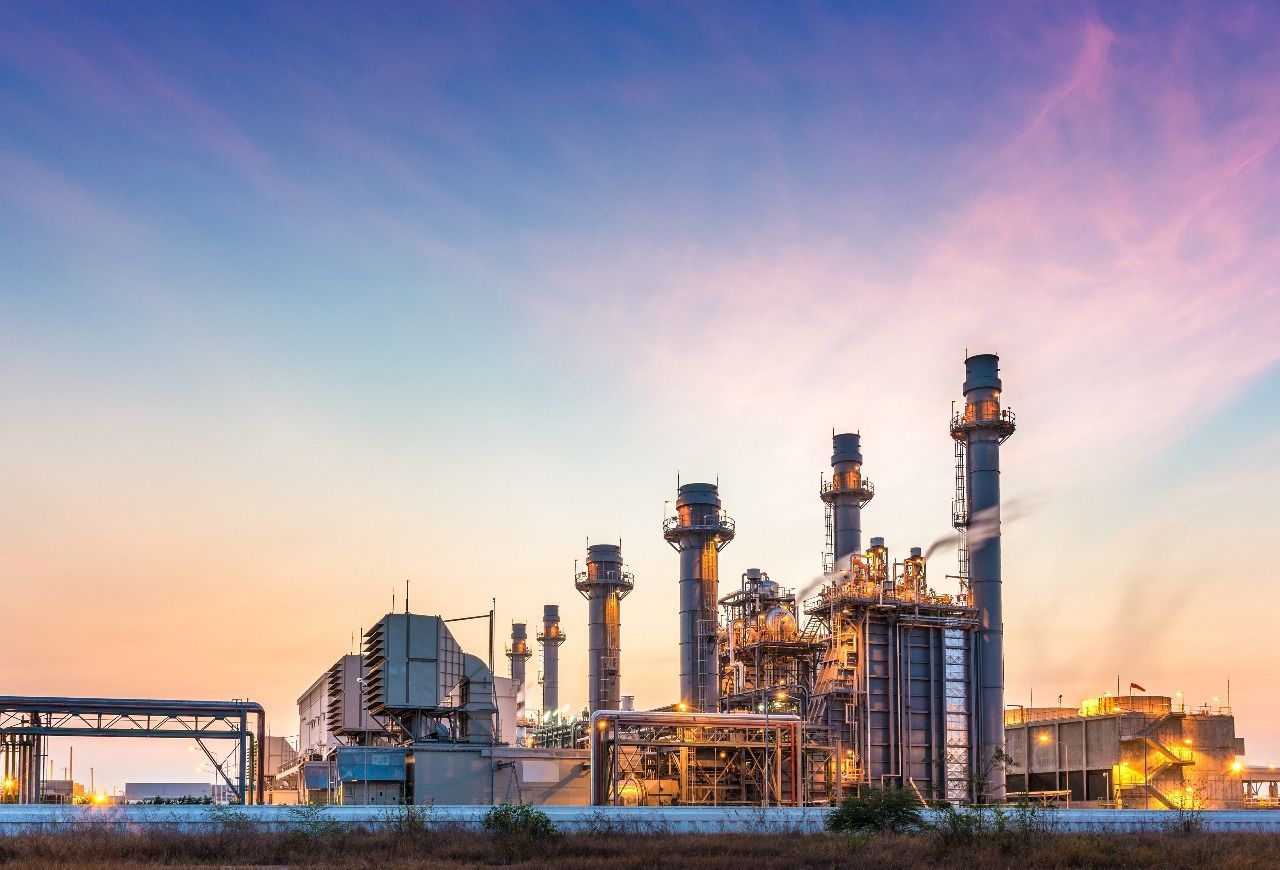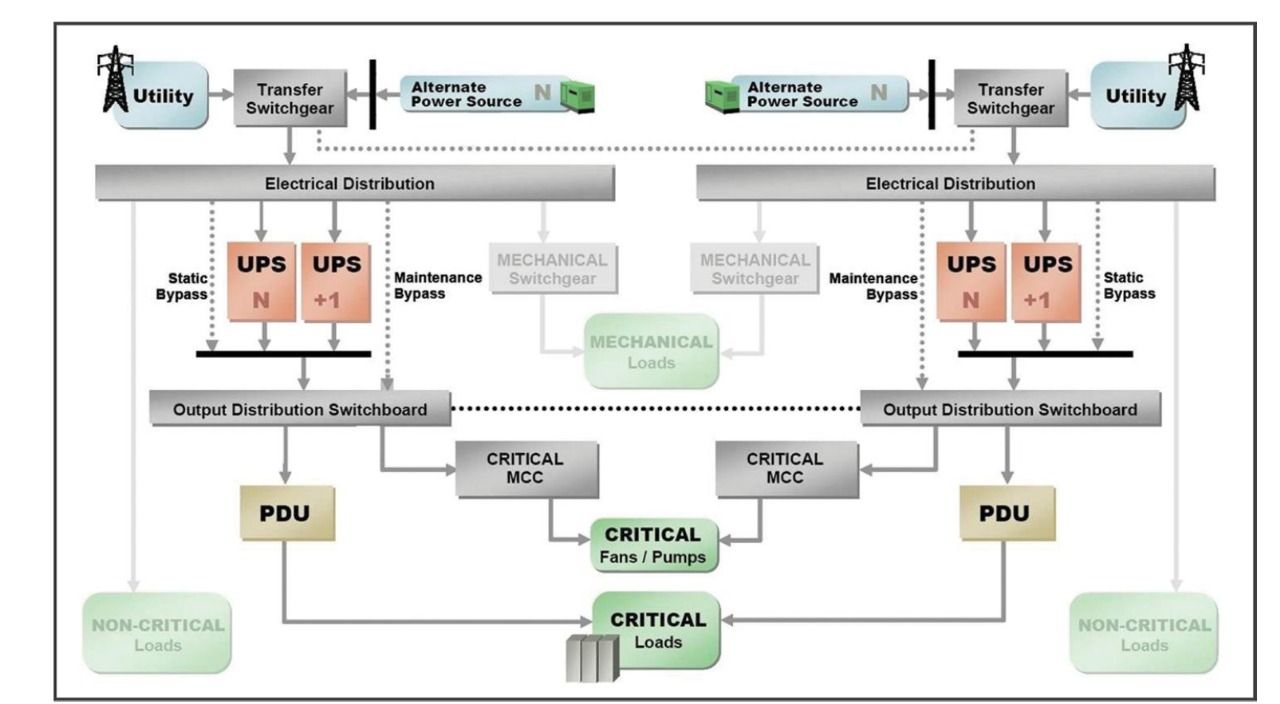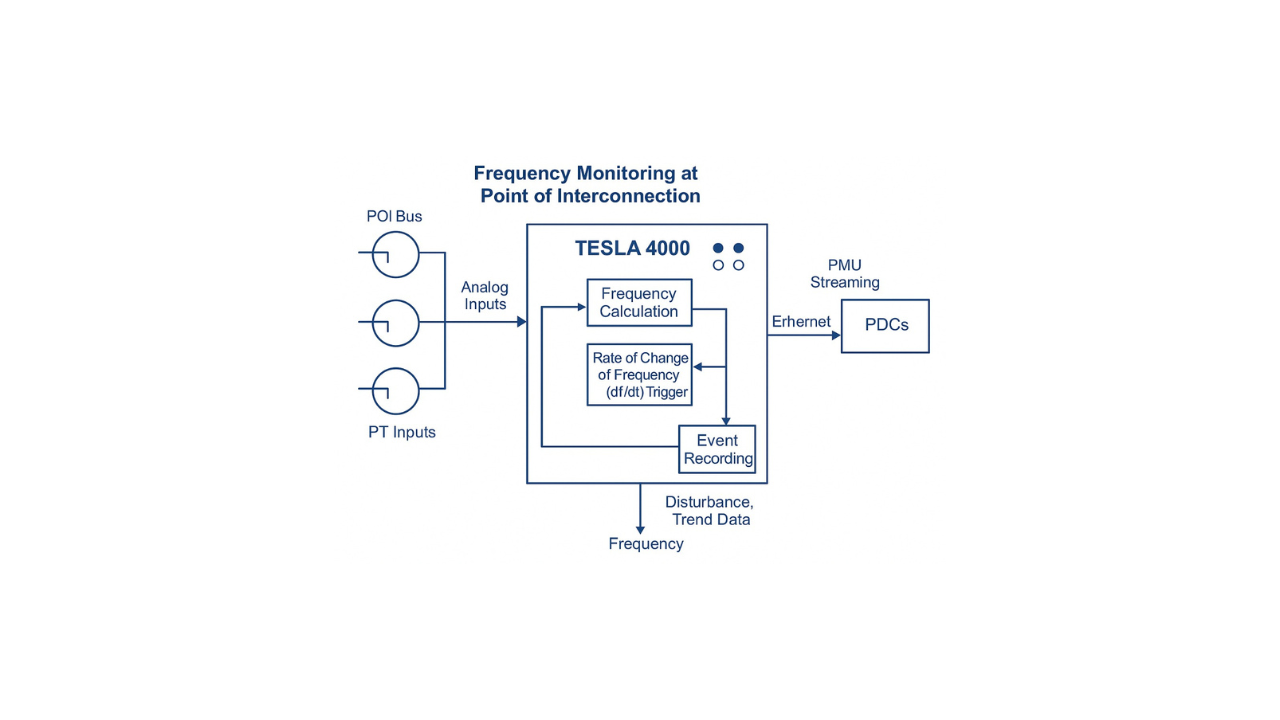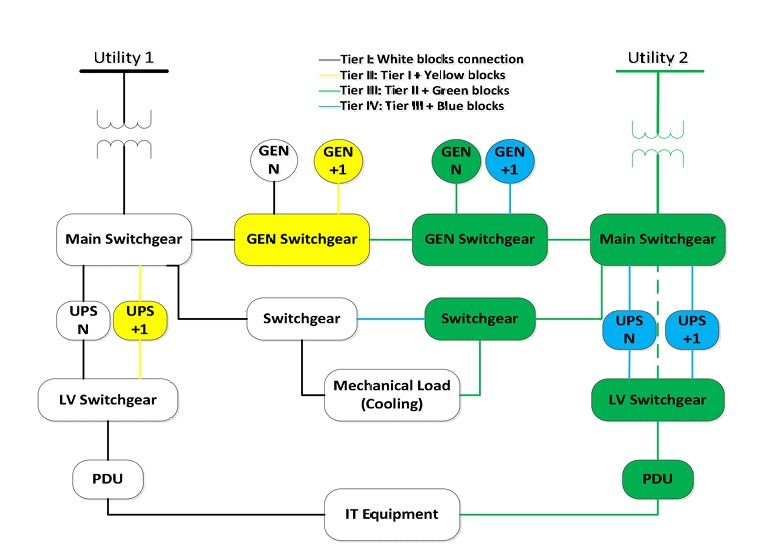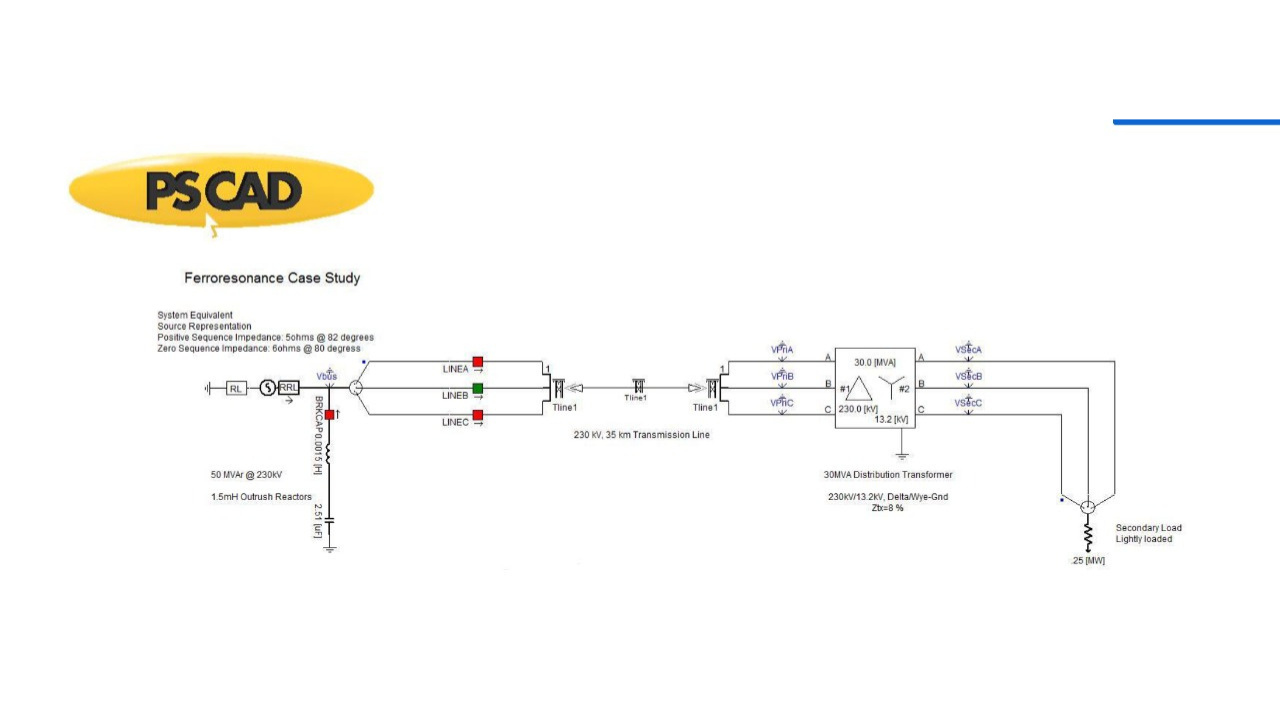A Coordinated Electric System Interconnection Review—the utility’s deep-dive on technical and cost impacts of your project.
Digital Substation Design and Automation with IEC 61850
May 12, 2025 | Blog

A Practical Guide for Engineering Excellence at Keentel Engineering
Explore Keentel Engineering’s practical approach to IEC 61850 digital substation design, automation workflows, and real-world implementation—also see our case studies and we answered top FAQs.
Introduction
The evolution of substation automation from legacy hardwired systems to digital architectures is revolutionizing the power industry. IEC 61850, the international standard for communication networks and systems in substations, offers a unified, object-oriented approach to integrate Intelligent Electronic Devices (IEDs), significantly reducing engineering complexity, improving interoperability, and enhancing scalability.
Core Components of IEC 61850
IEC 61850 is structured into three main pillars:
Substation Configuration Language (SCL): An XML-based framework (IEC 61850-6) enables system-level configuration.
Data Modeling: Logical Nodes (LNs), Common Data Classes (CDC), and data attributes define power system functions (IEC 61850-7-3, 7-4).
Communication Services: Abstract Communication Service Interface (ACSI) mapped to protocols like MMS and GOOSE (IEC 61850-7-2, 8-1, 9-2).
Engineering Workflow
The IEC 61850 engineering process involves:
- Creating a System Specification Description (SSD)
- Using IED Capability Description (ICD) and System Configuration Description (SCD)
- Automating configurations via interoperable tools
Testing and Commissioning
Key features like Mode and Behavior control (Test, Blocked, Test/Blocked) and Simulation bit settings are crucial for safe testing in live environments. Edition 2 improves testing clarity, allowing utilities to simulate without physical disconnection.
Advantages of IEC 61850
Interoperability: Between multi-vendor IEDs
Reduction in Wiring: Use of Ethernet and GOOSE messages
Scalability and Modularity: Logical segmentation enables easier expansion
Resilience: Protocols like PRP and HSR ensure redundancy
High Performance: Sub-millisecond response times for protection signals
Future Outlook
IEC 61850 is expanding into distributed energy resources (DER), wind/hydro power, wide-area monitoring, and digital twin applications. As new standards emerge (e.g., Ed2.1, IEC 61869), Keentel Engineering is well-positioned to lead these digital transitions.
Get More Information About keental Substation Design Services.
Case Studies
Case Study 1: National Grid Digital Substation Rollout
Implemented an IEC 61850-based substation using GOOSE, MMS, Sampled Values, and PRP redundancy. Simulation and Test/Blocked Modes validated protection before deployment.
Case Study 2: CFE Mexico Multiowner Substation Testing
CFE used logical isolation and in-service IED testing combining DNP3, Modbus, and IEC 61850 to avoid outages.
Case Study 3: ABB 500 kV IEC 61850 Substation
Integration of logical nodes (MMXU, XCBR, CSWI) with SCL and tested IEDs allowed complete digital control.
Case Study 4: NCIT-Based Process Bus Implementation
Non-conventional optical sensors and Merging Units enabled digital protection via Ethernet and simplified architecture.
Case Study 5: Utility Training Lab by Keentel
Keentel developed a dedicated IEC 61850 lab with real IEDs for training, protection testing, and compliance simulation.
Frequently Asked Questions (FAQs)
1. What is IEC 61850?
It is an international standard for substation automation that enables communication and integration of IEDs using standardized models and protocols.
2. How does GOOSE messaging work?
GOOSE (Generic Object-Oriented Substation Events) enables high-speed multicast communication between IEDs, replacing traditional copper-based signaling.
3. What is an SCL file?
System Configuration Language (SCL) is an XML schema used to define and exchange system topologies, configurations, and device capabilities.
4. How do you test IEC 61850 systems safely?
By using Mode/Behavior settings such as Test/Blocked, and the Simulation bit, engineers can test without affecting live grid operations.
5. What are Logical Nodes?
LNs are standardized functional blocks (e.g., PTOC for overcurrent, CSWI for switch control) representing automation functions within IEDs.
6. Why is redundancy important in IEC 61850?
Redundancy protocols like PRP and HSR ensure zero-failover recovery and communication reliability in substation networks.
7. Can IEC 61850 integrate with legacy protocols?
Yes, it supports gateways and mapping to protocols like DNP3 and Modbus for backward compatibility.
8. What tools support SCL file generation?
Tools like IET600, DIGSI, and PCM600 help create and manage SCD/ICD/IID files.
9. What are Sampled Values (SV)?
SV are time-synchronized analog measurements (like current and voltage) digitized and sent via Ethernet in real-time for precise protection.
10. What is the difference between Edition 1 and 2?
Edition 2 provides clearer definitions, enhanced testing mechanisms, and better interoperability than Edition 1.
11. What is a Merging Unit?
It digitizes analog signals from instrument transformers and sends SVs over Ethernet to IEDs, enabling full digital protection.
12. How is cybersecurity addressed in IEC 61850?
Recent updates introduce authentication, encryption, and secure engineering access aligned with IEC 62351.
13. What is the role of a process bus?
It replaces hardwired signals with Ethernet-based SV and GOOSE communication between primary equipment and control IEDs.
14. How can Keentel Engineering assist in IEC 61850 projects?
By offering turnkey solutions including design, SCL file preparation, IED configuration, testing, and training.
15. Is IEC 61850 limited to substations?
No, it’s being extended to DERs, wind farms, battery storage, wide-area control, and more.
Need Expert support?

About the Author:
Sonny Patel P.E. EC
IEEE Senior Member
In 1995, Sandip (Sonny) R. Patel earned his Electrical Engineering degree from the University of Illinois, specializing in Electrical Engineering . But degrees don’t build legacies—action does. For three decades, he’s been shaping the future of engineering, not just as a licensed Professional Engineer across multiple states (Florida, California, New York, West Virginia, and Minnesota), but as a doer. A builder. A leader. Not just an engineer. A Licensed Electrical Contractor in Florida with an Unlimited EC license. Not just an executive. The founder and CEO of KEENTEL LLC—where expertise meets execution. Three decades. Multiple states. Endless impact.
Services
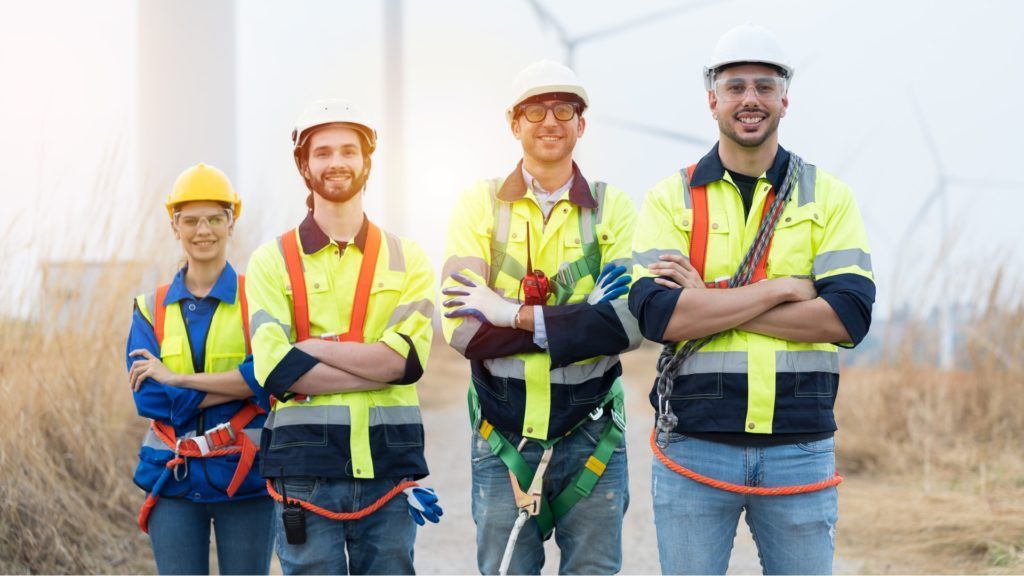
Let's Discuss Your Project
Let's book a call to discuss your electrical engineering project that we can help you with.

About the Author:
Sonny Patel P.E. EC
IEEE Senior Member
In 1995, Sandip (Sonny) R. Patel earned his Electrical Engineering degree from the University of Illinois, specializing in Electrical Engineering . But degrees don’t build legacies—action does. For three decades, he’s been shaping the future of engineering, not just as a licensed Professional Engineer across multiple states (Florida, California, New York, West Virginia, and Minnesota), but as a doer. A builder. A leader. Not just an engineer. A Licensed Electrical Contractor in Florida with an Unlimited EC license. Not just an executive. The founder and CEO of KEENTEL LLC—where expertise meets execution. Three decades. Multiple states. Endless impact.
Leave a Comment
We will get back to you as soon as possible.
Please try again later.
Related Posts
